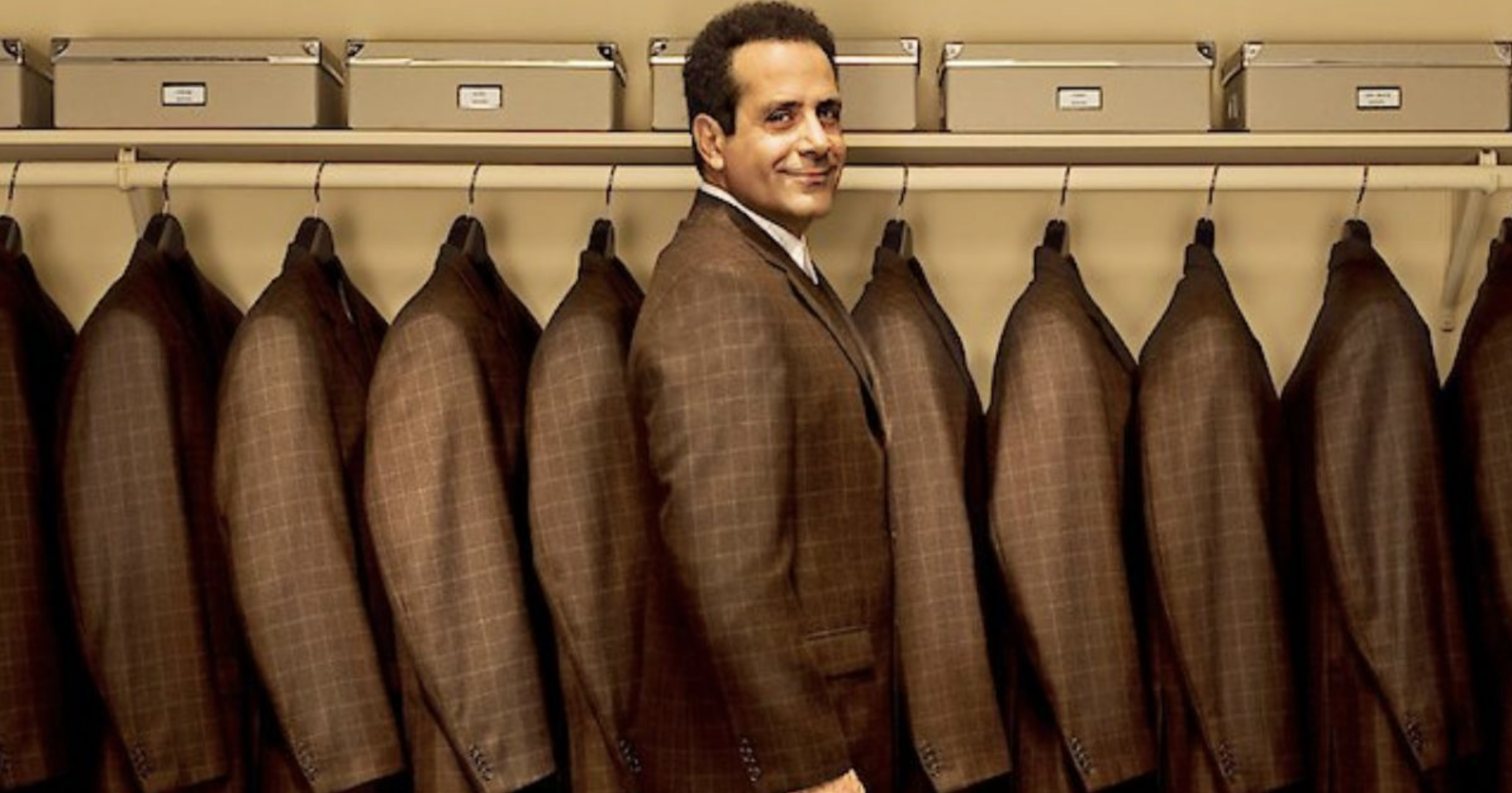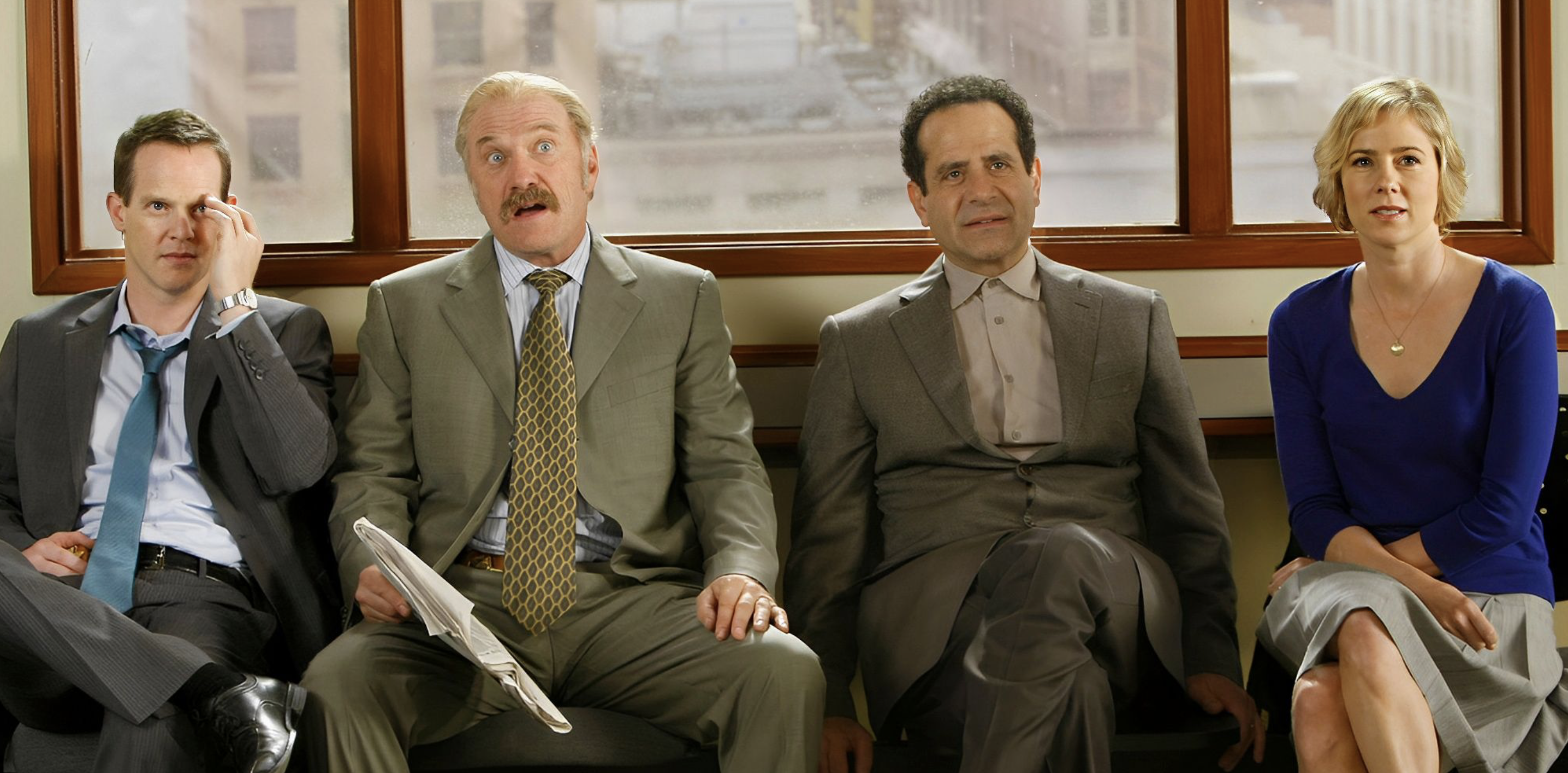Psychology Behind: Monk
Understanding Obsessive-Compulsive Disorder through Adrian Monk's character.
Understanding Obsessive-Compulsive Disorder through Adrian Monk's character.

It is common for many to say something along the lines of "Oh, I'm so OCD" and "There goes my OCD again!". The trigger is often a strong desire to maintain a clean and organized lifestyle. Here's a question to consider: what does Obsessive-Compulsive Disorder actually look like? "Monk", a detective sitcom, gives the audience a glimpse of someone with OCD navigating through life.
"Monk" is a show about Adrian Monk, portrayed by Tony Shalhoub, an exceptional homicide detective living in San Francisco in the early 2000s. An extremely talented, well-regarded member of the San Francisco Police Department. His incredible analysis and keen eye made him a superb detective. His defining characteristic was the prevalence of his mental disorder—OCD.
Following the passing of his wife, his well-being took a worse turn. His OCD began to impact his life for the worse, leading to his termination from the SFPD and being relegated to a position as a freelance detective. The show follows Monk's journey as a freelance detective who hopes to one day be accepted back into the SFPD.

Accompanied by his assistant, portrayed by Sharona in the first two seasons and then Natalie Teeger onwards, Monk solves homicide cases for the SFPD while struggling with OCD simultaneously. From the first minutes of the first episode, "Mr. Monk and the Candidate", the audience is shown how the disorder plays an overbearing role in his life. A few examples of this are seen when: At the scene of a murder, Monk was unable to focus on the crime itself and instead obsessed over whether he had turned off the stove or not. Despite constant reassurance from Sharona, Monk finds himself unable to concentrate. The duo promptly rush out after Monk handily solves the case.
This uncertainty and the need for reassurance is a common symptom of OCD. Obsessive-compulsive disorder is a condition characterized by obsessions–intrusive thoughts, urges or images, and compulsions–repetitive behaviors that an individual feels required to do to ease the anxiety caused by their obsessive behaviour.
Obsessive behaviour can vary, ranging from obsessive uncertainty over an action to compulsive germaphobia. These are often paired with obsessions, intrusive thoughts, which cause extreme anxiety.
Compulsions are often what the media focuses on. Compulsions such as excessive cleanliness and organization are what most think of when they think of OCD in general. In the case of Monk, these are repetitive touching poles, organizing clothes in a specific order of colors, obsessively cleaning surfaces. To someone without the disorder, these actions may seem over-the-top or irrational. But for someone with OCD, these actions may be the only way for them to manage their anxiety.
Superstitious beliefs often play a large role in continuing these actions. Individuals may form superstitious beliefs associating the completion of compulsions with preventing large-scale events like death or the end of the world. Thus, an urgency is placed on the completion of said actions. This can be harmful, leading to severe consequences such as skin disorders, disruptions to one's social life and the frequent inability to work.
Furthermore, the ritualistic nature of compulsions is also elucidated through Monk's, often untimely, refusal to move on without satisfying his compulsory action first. The most famous example of this, as seen in the opening song, is Monk's tendency to touch every light post he walks by along the streets of San Francisco. The belief that the world will end if he fails to touch one, often prompting him to run back and touch it if he somehow misses one, is akin to someone with OCD who forms a religious dependence on their compulsions.
Actions such as double-checking whether the house is locked or not become a key part of their daily routine, something they do over and over again until they feel completely secure.
The isolation and loneliness Monk feels are major plot points to the show. His further alienation from his peers leads to difficult interactions. "Monk" does an incredible job highlighting these difficulties as the show progresses. Social interactions often become a task, if not impossible to form. Thus, leading to elevated rates of loneliness in people with OCD (Ezra 2024), something Monk himself experiences.

The role of stressors in "Monk" is incredibly apparent. Stressors are factors that cause stress in one's daily life. It is an incredibly common occurrence in those with mental disorders. Monk does a fantastic portrayal of how a major stressor can lead to the resurgence of one's mental disorder. The death of Trudy Monk, Adrian's wife, is what caused his OCD to resurface and spiral out of control. The show also accurately captures the impact of stressors in daily life.
While "Monk" is a good representation of OCD, it falls short in accurately capturing the depths of the disorder due to its lighthearted narration. The frequent interruptions in Monk's life are a decent introduction to the true horrors that one living with OCD goes through, but the tone of the show is unable to capture the extent of these struggles. Excessive hand washing, for example, is a compulsion that Monk frequently experiences; however the show doesn't touch on how excessive skin washing can lead to skin issues such as eczema and dermatitis.
Handwashing is one of many examples. The show doesn't recognize the fact that these compulsions can often lead to or qualify as self-harming behavior. This may be a result of the need to appeal to wider audiences while touching on a difficult subject matter. This is yet another example of how most forms of television are still unable to perfectly capture the true essence of mental disorders.
Overall, the show's portrayal of OCD was a step forward. Prior to the release of "Monk", Obsessive-compulsive disorder was still a largely unknown and misunderstood disorder. The popularity of "Monk" and its dedication to the on-screen portrayal of OCD as accurately as possible is what makes it so special. The effects of Monk's various obsessions and compulsions are clear, casting a helping hand in raising awareness about the disorder amidst the general audience, "Monk" has made countless people with OCD feel seen and heard.
"While there may have been room for improvement, Monk's portrayal of OCD is something that we should applaud for its efforts in raising awareness and making people more understanding of the struggles of those with OCD."
The show's commitment to authentic representation, despite its limitations, opened important conversations about mental health and helped reduce stigma around OCD. Through Adrian Monk's character, viewers gained insight into the daily challenges faced by individuals with this often misunderstood condition.
Adi Friedman-Ezra, Keydar-Cohen, K., Patricia van Oppen, Merijn Eikelenboom, Koen Schruers, & Anholt, G. E. (2024). Loneliness in OCD and its determinants. Psychiatry Research, 337, 115963–115963. https://doi.org/10.1016/j.psychres.2024.115963